Are We Overdoing It On The Skincare Front?
We ask an expert about whether we’ve gone too far for good skin.
When it comes to skincare, a common misconception is that doing more is better for your skin. Especially when it feels like a new product is launched every 10 minutes, it’s easy to fall into the trap of adding countless steps to your routine in the hopes that it will fix all your skin woes at once. But unfortunately, this can often have the opposite effect.
Using too many actives, layering exfoliants on exfoliants and not prioritising products and ingredients that will protect and nourish your skin can cause irritation, redness and itchiness. But how do we know when we’ve overloaded the skin? And how do we know when what we’re doing is just right? Here, we chat to skin expert and founder of his eponymous skin clinic, James Vivian, to discover exactly how we can perfect our skincare routines to avoid overdoing it.
Gritty Pretty (GP): Hi James! Since the COVID-19 pandemic, a lot of us have been experiencing a compromised skin barrier (due to overdoing it on the acids and exfoliants front while we were all cooped up at home). What are some signs we should be looking for in our skin when the barrier has been compromised?
James Vivian (JV): COVID-19 definitely resulted in pros and cons for the skin and our industry. Spending more time at home than usual, as well as in front of the computer screen, meant that people’s attention moved towards their skin and people began to invest in skincare to help target their concerns, as well as to use for moments of self-care. On the flip side, with the strength and power that some skincare can offer today, some people were pushing their skin beyond its limits, resulting in impaired skin barriers and sensitive, sore and inflamed skin.
This was also intensified due to the stress and anxiety around COVID-19, which was already rendering the skin sensitive, prone to breakouts and susceptible to perioral dermatitis. Essentially, impaired skin barriers present as thin, flakey, reactive, sensitive, red and uncomfortable, which is made worse when active ingredients are applied causing further aggravation and discomfort.
GP: How do we know when we’re doing enough for our skin but not too much? There is a lot of conflicting information out there!
JV: It’s always important to remember that skincare is a marathon, not a sprint. Introducing skincare slowly can be a great way to avoid negative reactions as well as being able to isolate what, if anything, might be causing problems. It’s always important to remember that stronger doesn’t always mean better, so opting for the strongest vitamin A on the market, rather than making your skin look and feel fabulous, can have the adverse effect and actually promote signs of ageing faster.
Skincare should always make the skin look and feel better. The skin will tell you what it likes and what it doesn’t. Skincare should hit the skin and feel comforting. Tingling, burning, stinging, flaking and discomfort, I think, are all signs that these products are not suitable for you. Try something less active or reduce the amount of products being applied to the skin for better results.
GP: What are the three products you think are non-negotiables in any good skincare routine?
JV: I know they are not the sexiest of all the skincare categories, but cleanser, moisturiser and SPF are the building blocks to any successful skincare routine. If these are not perfectly aligned with what the skin needs then it can throw off any other products you slot in between such as serums.
It’s essential to begin every skincare routine with a cleanse to prepare the skin for next steps and to, in fact, cleanse the skin. A moisturiser will then lock in the skin’s natural hydration levels and keep the skin shielded from the world around us and an SPF is the ultimate antiager and skin protector.
GP: If someone is experiencing irritation or a compromised skin barrier, how would you suggest they pare back their routine without eliminating everything all together?
JV: When the skin is showing signs of a compromised barrier, remove all products containing hydroxy acids, vitamins A and C, textured exfoliants and anything else that makes the skin sting or go red. Then strip back your routine to a gentle cleanser and a thick moisturiser to serve as a bandaid while the skin heals itself underneath. Finally, an SPF is vital as the skin is often more photosensitive when the skin’s barrier is impaired.
GP: What is the number one piece of skincare advice you’d like to share with our audience?
JV: Keep stinging, burning, redness and sensitivity to in-clinic visits that are performed by a therapist and make the skincare you use at home feel like a cuddle for the skin. Also, if in doubt, seek out the help of a professional.
Are We Overdoing It On The Skincare Front?
We ask an expert about whether we’ve gone too far for good skin.
When it comes to skincare, a common misconception is that doing more is better for your skin. Especially when it feels like a new product is launched every 10 minutes, it’s easy to fall into the trap of adding countless steps to your routine in the hopes that it will fix all your skin woes at once. But unfortunately, this can often have the opposite effect.
Using too many actives, layering exfoliants on exfoliants and not prioritising products and ingredients that will protect and nourish your skin can cause irritation, redness and itchiness. But how do we know when we’ve overloaded the skin? And how do we know when what we’re doing is just right? Here, we chat to skin expert and founder of his eponymous skin clinic, James Vivian, to discover exactly how we can perfect our skincare routines to avoid overdoing it.
Gritty Pretty (GP): Hi James! Since the COVID-19 pandemic, a lot of us have been experiencing a compromised skin barrier (due to overdoing it on the acids and exfoliants front while we were all cooped up at home). What are some signs we should be looking for in our skin when the barrier has been compromised?
James Vivian (JV): COVID-19 definitely resulted in pros and cons for the skin and our industry. Spending more time at home than usual, as well as in front of the computer screen, meant that people’s attention moved towards their skin and people began to invest in skincare to help target their concerns, as well as to use for moments of self-care. On the flip side, with the strength and power that some skincare can offer today, some people were pushing their skin beyond its limits, resulting in impaired skin barriers and sensitive, sore and inflamed skin.
This was also intensified due to the stress and anxiety around COVID-19, which was already rendering the skin sensitive, prone to breakouts and susceptible to perioral dermatitis. Essentially, impaired skin barriers present as thin, flakey, reactive, sensitive, red and uncomfortable, which is made worse when active ingredients are applied causing further aggravation and discomfort.
GP: How do we know when we’re doing enough for our skin but not too much? There is a lot of conflicting information out there!
JV: It’s always important to remember that skincare is a marathon, not a sprint. Introducing skincare slowly can be a great way to avoid negative reactions as well as being able to isolate what, if anything, might be causing problems. It’s always important to remember that stronger doesn’t always mean better, so opting for the strongest vitamin A on the market, rather than making your skin look and feel fabulous, can have the adverse effect and actually promote signs of ageing faster.
Skincare should always make the skin look and feel better. The skin will tell you what it likes and what it doesn’t. Skincare should hit the skin and feel comforting. Tingling, burning, stinging, flaking and discomfort, I think, are all signs that these products are not suitable for you. Try something less active or reduce the amount of products being applied to the skin for better results.
GP: What are the three products you think are non-negotiables in any good skincare routine?
JV: I know they are not the sexiest of all the skincare categories, but cleanser, moisturiser and SPF are the building blocks to any successful skincare routine. If these are not perfectly aligned with what the skin needs then it can throw off any other products you slot in between such as serums.
It’s essential to begin every skincare routine with a cleanse to prepare the skin for next steps and to, in fact, cleanse the skin. A moisturiser will then lock in the skin’s natural hydration levels and keep the skin shielded from the world around us and an SPF is the ultimate antiager and skin protector.
GP: If someone is experiencing irritation or a compromised skin barrier, how would you suggest they pare back their routine without eliminating everything all together?
JV: When the skin is showing signs of a compromised barrier, remove all products containing hydroxy acids, vitamins A and C, textured exfoliants and anything else that makes the skin sting or go red. Then strip back your routine to a gentle cleanser and a thick moisturiser to serve as a bandaid while the skin heals itself underneath. Finally, an SPF is vital as the skin is often more photosensitive when the skin’s barrier is impaired.
GP: What is the number one piece of skincare advice you’d like to share with our audience?
JV: Keep stinging, burning, redness and sensitivity to in-clinic visits that are performed by a therapist and make the skincare you use at home feel like a cuddle for the skin. Also, if in doubt, seek out the help of a professional.


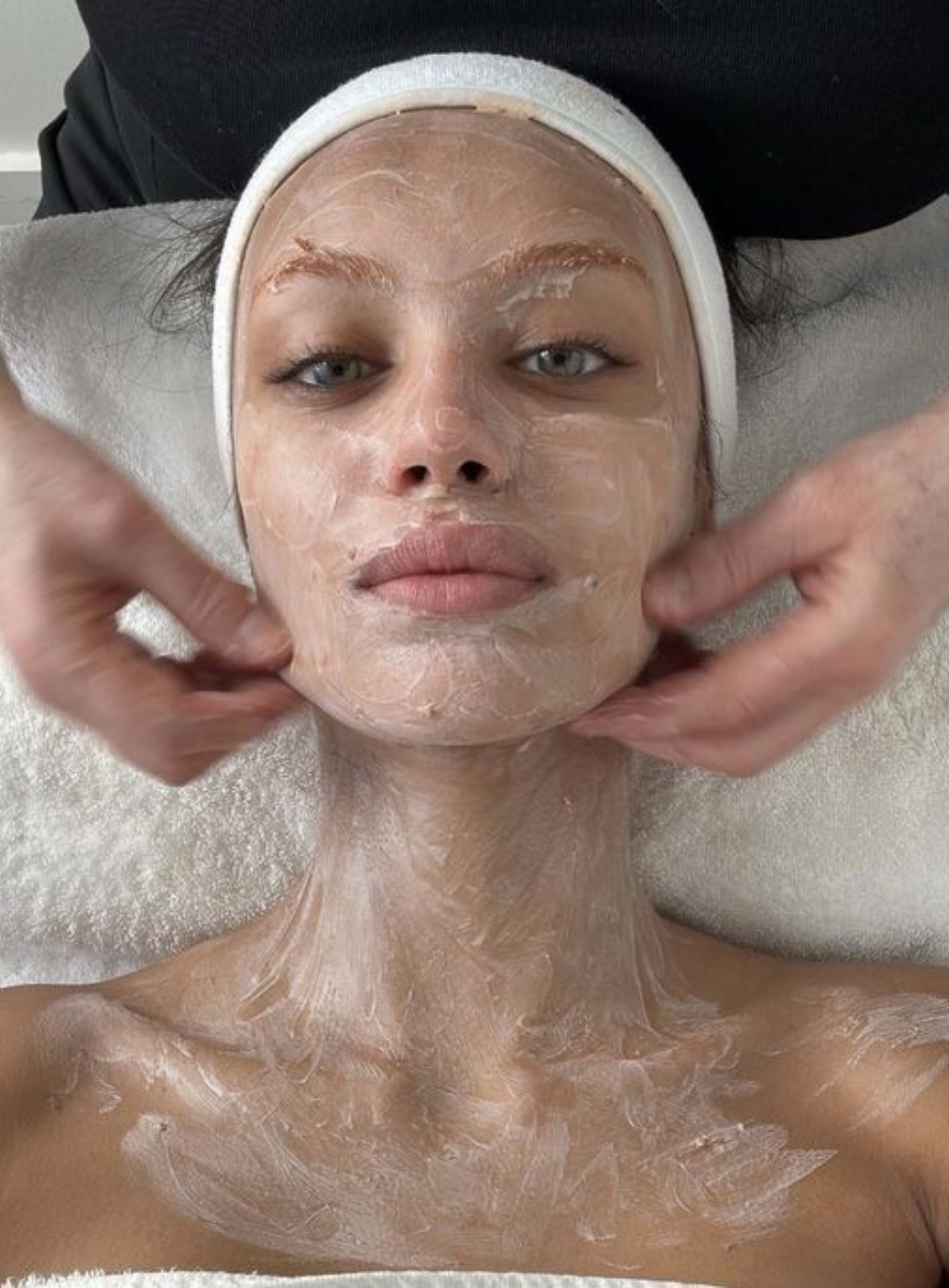
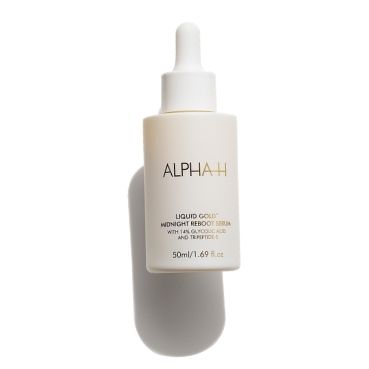




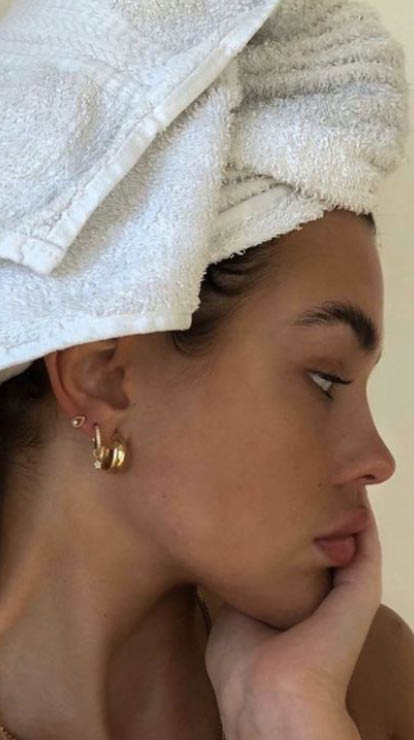




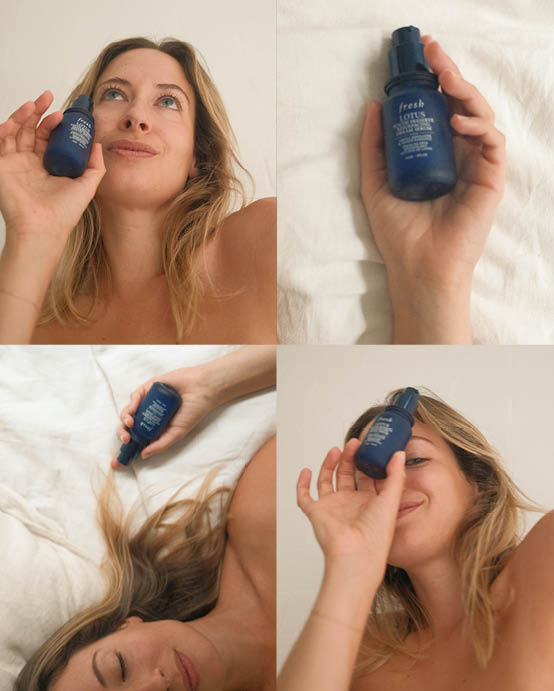
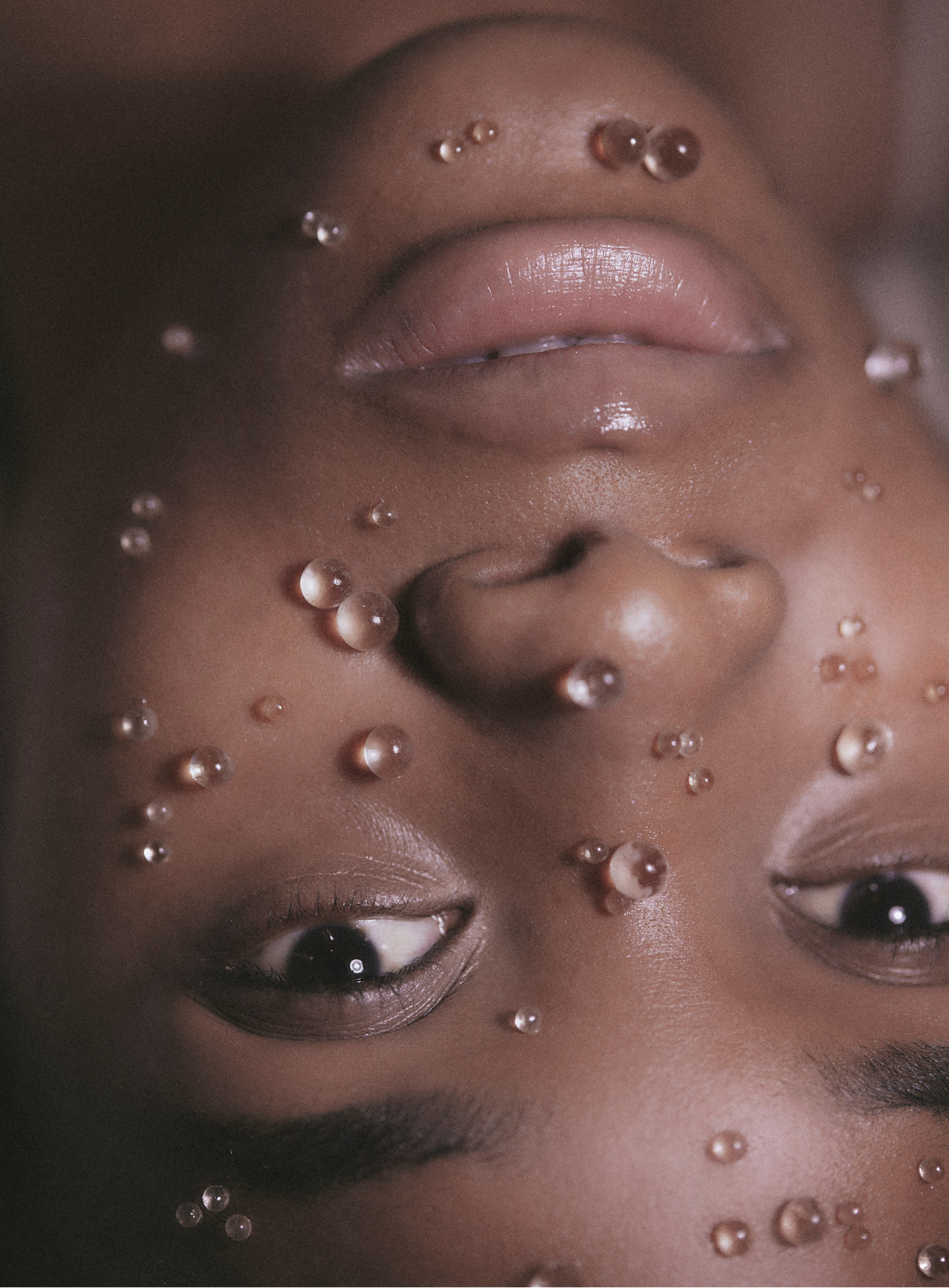
Comments